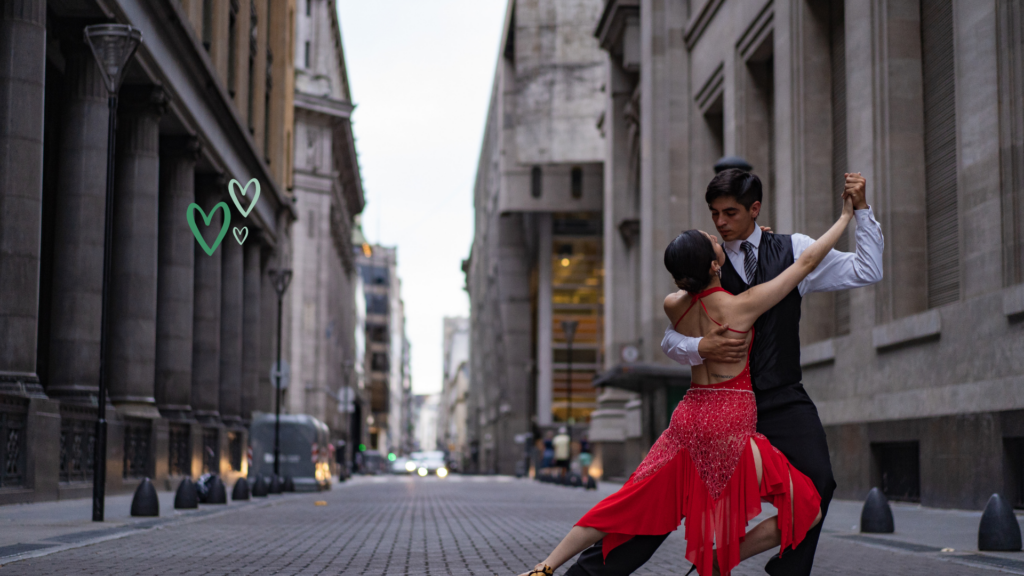Author: Samantha Gross-Galindo
One may have noticed that there have been many tango events over the past couple of months throughout Oslo. Many venues have marketed them as celebrating 100 years of Astor Piazzolla, renowned bandoneón player and vanguard of new tango music. However, before Astor Piazzolla, there were other tango composers from the early 20th century such as Carlos Gardel and Julio de Caro. In fact, their birthdays explain why Argentina declared December 11th to be National Tango Day in 1977.Piazzolla, Gardel, and de Caro are just a sampling of the multitude of tango composers from Argentina. A fact less known is that Uruguay also contributed to the birth of tango. UNESCO officially recognized both Argentina and Uruguay as the cradle of tango in 2009; and, even though Argentina gets the most publicity, Montevideo also had and continues to have a lively tango scene. In fact, one of the most recognizable tango tunes, “La Cumparsita,” was composed by a Uruguayan composer named Gerardo Matos Rodríguez. Julio Sosa is another popular tango composer from Uruguay.

A Melting Pot
Tango was born in the poor, immigrant neighborhoods of Montevideo and Buenos Aires in the late 19th century. It has elements from African, Cuban, Italian, German, Spanish, American, French, and many other European music genres. In the beginning, as it was viewed as something only prostitutes danced, it was more common to see men dancing with each other and the lyrics of the songs were more sorrowful and resentful. As it became more popular in the early 20th century, women from all social classes started to participate and the lyrics changed to become more romantic. Tango also arrived to North America and Europe during this time and has since morphed into various styles particular to those regions.
Tango in Norway
Tango arrived to Norway in the early 20th century through a Norwegian who learned the dance in Paris. It became quite popular up until World War II. The late 20th century saw a revival for the love of “original” tango and it has been going strong here ever since. There are now many schools and social clubs in Norway dedicated to promoting this one-of-a-kind dance. Below is a list of resources one can use to find ways to bring some tango to one´s life in Oslo. Please note that the Latinamerikansk Forening does not particularly endorse any of these organizations. These are listed in the spirit of cultural awareness and diffusion. We hope that you find one (or more) to your liking in honor of modern tango’s centennial.
Dance Schools/Courses:
Social Events:
